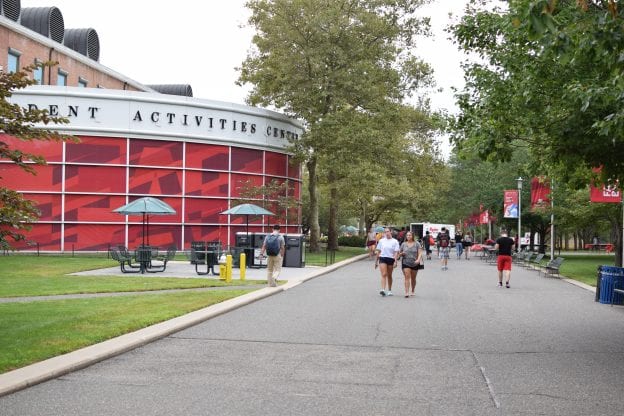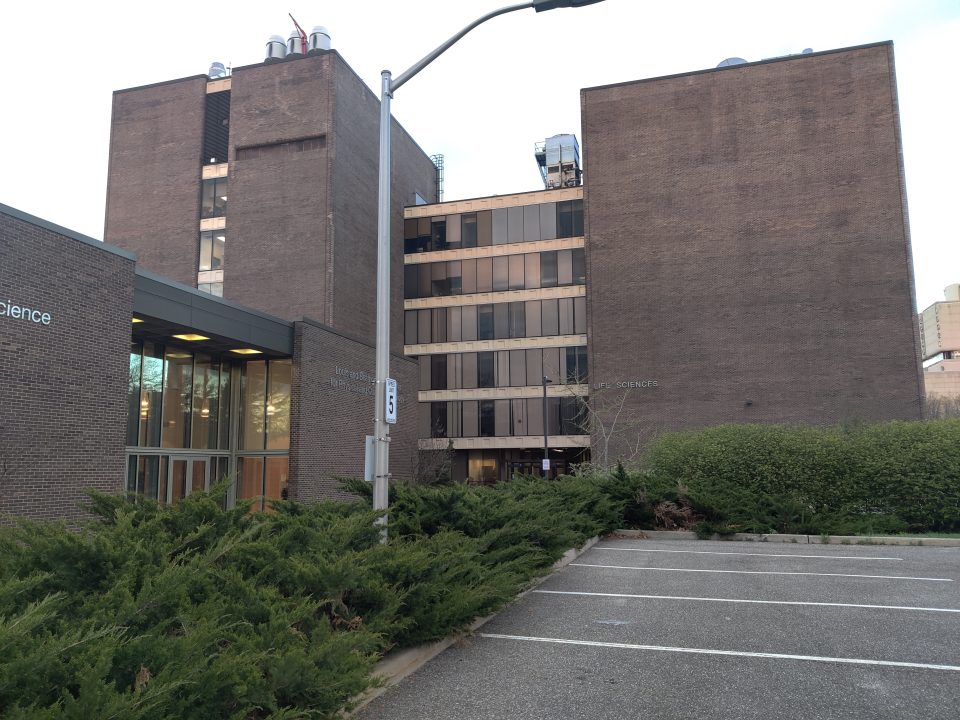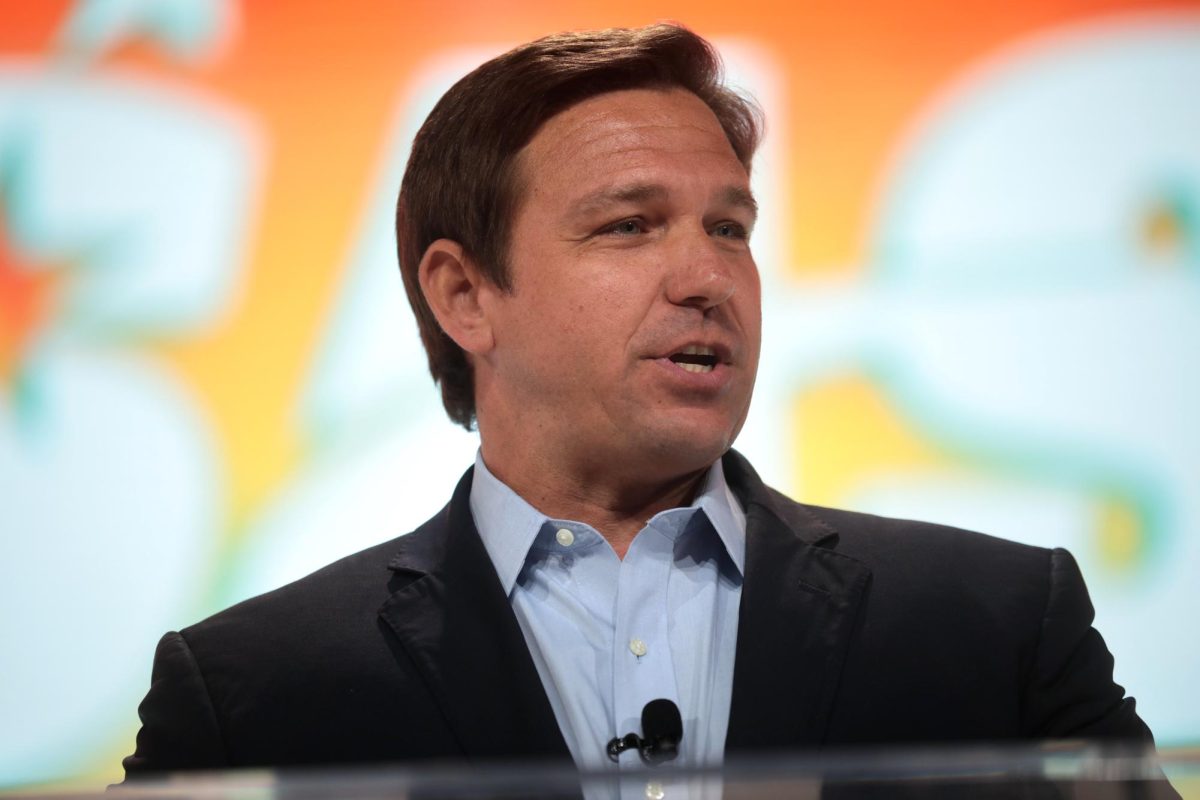
Arriving at college from a selective NYC public high school environment, where my classmates talked about having crying spells if they got into Colby College instead of Brown, or Binghamton instead of Princeton means understanding the forces at play within modern disregard and distrust of both public and private institutions.
The concept of “settling” for a less prestigious college means that students generally attend the most prestigious college they can gain admission to and that living and dying for the sake of admissions is a worthy sacrifice to be made.
Highly publicized rankings such as US News’ Best Colleges elevate private colleges while public institutions are seen rounding out the middle and lower tiers. The privately-educated few may even come up with notions of consolation in order to relate to alternative forms of schooling, such as: students at public colleges are more well-rounded or they are playing the long game of success.
Articles for The Atlantic on this subject show how thoughts flicker with liberal guilt and pity around the notion of public schooling. Additional emphasis on educational prestige as a marker of personal and familial success within certain ethnic groups, such as ideals circulating within my own East Asian heritage communities, doesn’t help either.
As a transfer student, one of the moments that sticks out from my first two years at the University of Massachusetts Amherst, a public land-grant research university, was walking into MIT to listen to an invited speaker with UMass Air Force ROTC members as a former cadet, and witnessing boisterous MIT students jumping up to answer questions and providing information faster than the speaker posed them. These behavioral tendencies of being quick-on-the-uptake, or at least the performance of academic confidence, become construed with the idea of success in modern American society, eliciting a realization that for me and many others, conformity and code-switching become tactics to maximize success within a capitalistic system.
Adhering to post-slavery and post-colonial norms, such as an emphasis on white professional behavior as the hallmark of capitalistic success, establishes an objective standard teachers can strive for in class evaluations and grading. However, the dominant presence of these values within the United States’ selective public and private schools denigrates the cultural values of other racial groups.
As an Asian-American, I vividly recall the deep stress and despair over a B- in my ninth grade English class, for conforming to a highly valued cultural standard of silence in school, despite overcompensating with strong writing. My reluctance to participate in discussions slowly eroded over the following years of my education, as I became introduced to the concept of code switching, but it would be difficult to forget how the central values of my background had been deemed lesser than through the physical manifestation of grades, and how rarely they were supported and affirmed as potential advantages in American society.
Selecting a private elementary or secondary school is often based on a personal desire to restrain the influences acting upon one’s children, whether it’s helping those with disabilities and serious learning difficulties, escaping bullying or choosing a certain philosophical, academic or religious focus, including selective academic prowess and development. The freedom to adapt a curriculum and standards beyond those restraining public schools by their district offices is marked by the consistency of standardized testing for both private and public schools.
Private schools accept teacher certification outside of state certification and may prioritize advanced degrees, while public schools require state certification only. The ensuing race for post-secondary schooling, given avenues of affordability, means that attending a private college or university becomes a marker and celebration of traditional academic excellence. With the established popularity and tested rigor of private colleges, it can be difficult to see the substantial detriments to an excessive focus on the name-brand value of private institutions.
Throughout history, attitudes toward public and private schools have shifted drastically. From approximately 1830 to 1980, public schools were seen as crucial to American values of equal opportunity and upward mobility, with private schools shafted as a minor counterpart marked by deep suspicion as well as class and religious interests.
However, the first colonial schools were private, and elites established prep schools modeled after Eton and Harrow in England, while religious organizations such as the Roman Catholic Church founded schools to avoid Protestant indoctrination in public schools. The 1925 Supreme Court decision in Pierce v. Society of Sisters supported parents in leaving public schools, preventing government enforcement of standardized public education.
Nowadays, it is public schools that are deemed “part of the problem,” with attention-grabbing headlines affirming a culture of racial and cultural disregard against inner-city schools by showcasing their inability to perform to established math and reading guidelines as delineated by test scores, and not much else — no indicator of artistic, cultural or historical knowledge stemming from the student body’s unique backgrounds as of value to modern-day American notions of success. The demeaning attitude towards public institutions continues within the culture surrounding public universities and colleges, fanning the flames of emotional hardship and societal denigration when the next student selects to attend one out of choice or necessity.
Crossing the boundaries of public and private schools to conduct research and form a more perfect compromise has been proposed, and the hierarchical social values surrounding grading have been delved into as a perpetrator of oppression. However, the conflation of personal character, verbal engagement and lack of class disruption, beginning in the early years of elementary school for educators such as Michael Godsey, with capitalistic worth, holds fast on a certain racial and cultural separation. The strong cultural meanings and character judgments associated with private colleges can lead to elitism.
Alternatively, taking pressure off grades in public universities means more cross-disciplinary learning. For those unwilling to contort themselves into pleasing personalities and team-building, extroverted behavioral vigor, or who are unwilling to sacrifice attributes of their cultural background that can be perverted into descriptions such as Godsey’s dismissal of his public school students as “cool” by default, the opposite of being intrinsically “stoked” or “pumped” about learning, public schools may just be your best bet. The larger student body at many public colleges is enough to maintain and celebrate cultural knowledge with a diverse array of peers, while pursuing career paths truly aligned with personal passions, as top private schools have sent a third or more of graduates into financing or consulting.
Idolizing private and selective public schools above public institutions means believing that racialized individuals, new immigrants and low-income students are not worthy enough to learn from, that cultural specificities are deficits — and that children must compromise their identities for “successful” careers instead of isolating the substrates of their own cultures as positives. Yes, roommates who binge-watch “Words Bubble Up Like Soda Pop”, Netflix and Genshin Impact exist alongside aspiring pre-meds at Stony Brook — they can even exist in the same person. Plastering colorful posters of ambitious animated characters on the wall of my desk becomes an embrace of culture and the necessity of self-motivation.
Yes, individuals who would never consider studying more than they are assigned, and even less than, eat next to students who sit by my side in my dorm’s residential computer lab until the computers bluntly shut off at 3:10 am with all-caps warnings that “EVERYTHING NOT SAVED WILL BE LOST.”
But the fruits of state funding manifest in the lit-up signs listing building locations around Stony Brook, guiding students around campus at all hours of the night, the inclusion of laundry and bus rides in student fees and the establishment of rich campus events and mentorship programs. Life, as it is lived in the public university, means adapting your learning to your heart’s desires.
Public schools and universities should be embraced as equally rigorous institutions in ways that celebrate the academic value of skills departing from the capitalistic norm, and their acceptance of human potential from every background, like a radiant hearth, should spill out into every corner of society.
The humanistic rigor of public institutions and the creativity they foster should be considered by everyone looking for an education, broader career exploration and to learn more about all strata of people in America and the world. In this sense, the range of careers and cultural acceptability within the traditional academic striving of private colleges becomes comparably narrow, as thin as a filament of an old light bulb, before blowing out at the slightest motion.



















James McLam • Oct 5, 2021 at 4:13 am
This writer apparently feels that life is all about ‘class and social standing’ as the guiding lights of personal effort. Like James Fennimore Cooper who would fill nine pages of text with a description of a cloud formation, this article is more about the writer’s use of words as a flowery depiction of the use of verbs and adjectives than it is about substance,imo. The categorization of people into slabs of social layers just goes on and on and on………